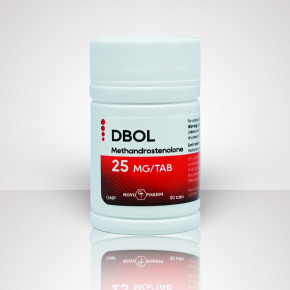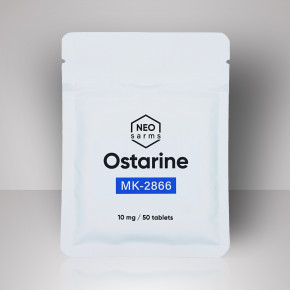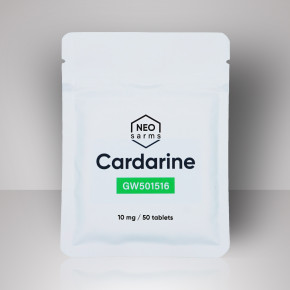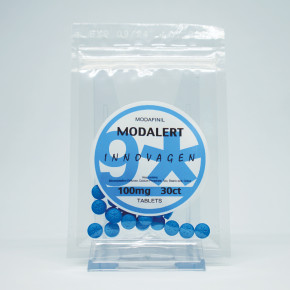Let’s talk about benzos, namely — Lorazepam. There’s a lot going on about this class of compounds in the media, so we’ll focus on the proven and practical side and avoid all the clickbait drama.
What is Lorazepam?
Lorazepam is a medication that belongs to the benzodiazepine class, commonly prescribed to treat anxiety disorders. It is essentially a central nervous system (CNS) depressant. In other words, the only thing Lorazepam can do is slow down nervous activity, with a calming effect on the body as a result.
Other names include:
- Ativan;
- Loreev XR;
- Tavor;
- Temesta.
All the same thing under different trade names.
How Lorazepam Works?
The primary mechanism of action of lorazepam involves enhancing the effects of a neurotransmitter called gamma-aminobutyric acid (GABA) in the brain.
Here’s a simplified explanation of how GABA and Lorazepam all work:
You know that your whole body is largely commanded by your brain. And you know that your brain consists of neurons. Neurons talk to each other via action potentials: signals that help them connect and share information. These signals are defined by neurotransmitters. The vessel molecules for the signals to travel between neurons. There are just two of them:
- Excitatory (yay, we’re DOING something something’s HAPPENING some process should be LAUNCHED now we start PRODUCING, and so on);
- Inhibitory (STOP doing this, RELAX right now, LIMIT the activity here or there, come on, SLOW DOWN).
One of the most important inhibitory neurotransmitters is called GABA: Gamma-Aminobutyric Acid.
Lorazepam acts as a booster for GABA: the main thing that slows down the information exchange and limits excitement, all sorts of stimuli in your brain (and the whole central nervous system). This way, as a result, Lorazepam just calms you down.
Note that it’s one crazy-simplified explanation. Neurotransmitters and the way your CNS works is infinitely more complex. Though this one process is what made Lorazepam one of the most popular drugs prescribed in the United States and Canada.
It’s just effective at what it is intended to do: slow you down and help you fight the results of overstimulation of the CNS.
The Right Way to Take Lorazepam
There is just one way to take Lorazepam to make it a safe and effective tool: in moderation, dosed strictly in accordance with the condition you’re trying to counter.
Lorazepam for Anxiety Treatment
With its anxiolytic properties, lorazepam offers significant benefits in managing symptoms of anxiety. When taken as prescribed, it acts as a central nervous system depressant and makes you… well, more peaceful:
- Reduced feelings of restlessness;
- Reduced worrying;
- Limited tension;
- Strong sense of relief;
- A sense of relaxation.
Lorazepam's effectiveness in alleviating anxiety has made it a widely utilized medication in the field of mental health for a whole ton of disorders.
And the best part? You FEEL it immediately, in about 15 minutes after the administration. So it’s the only thing better than a relief: a quick relief.
Lorazepam dosage for anxiety
You don’t need much: 2 to 3 mg per day, divided into 2 or 3 administrations. The most convenient way is to take 1 mg 2 or 3 times a day. For 2 to 4 weeks max.
Lorazepam for Sleep
Lorazepam is beneficial in the treatment of insomnia, difficulty initiating or maintaining sleep. The calming effect can help quiet the mind, alleviate anxiety, and reduce racing thoughts that often interfere with sleep onset.
By inducing a state of tranquility, lorazepam can help you feel drowsy and facilitate the transition into sleep in a matter of minutes.
Lorazepam dosage for insomnia treatment
Here you can go a bit higher and take it in a moment: 2 to 4 mg at once, before going to bed. 30 minutes later, you’ll be completely «turned off» dreaming, just to wake up next morning, well-rested.
P.S. Note that you’ll need an alarm: it’s not uncommon to sleep for a full 10 hours on Lorazepam.
The duration of Lorazepam treatment
This one is the same for both anxiety treatment and insomnia:
2 to 4 weeks. You should NOT take Lorazepam for more than a month regularly.
You sure can try, but it will, most likely, result in you developing an addiction if you go over the top with dosing.
Final Word
Lorazepam is a typical benzo: it will work nice if you need it briefly, to counter some extraordinary situations and conditions. Take the right doses, be mindful about your protocol, and you’ll see the results quickly.


























 Proudly Serving Canadians Since 2012
Proudly Serving Canadians Since 2012